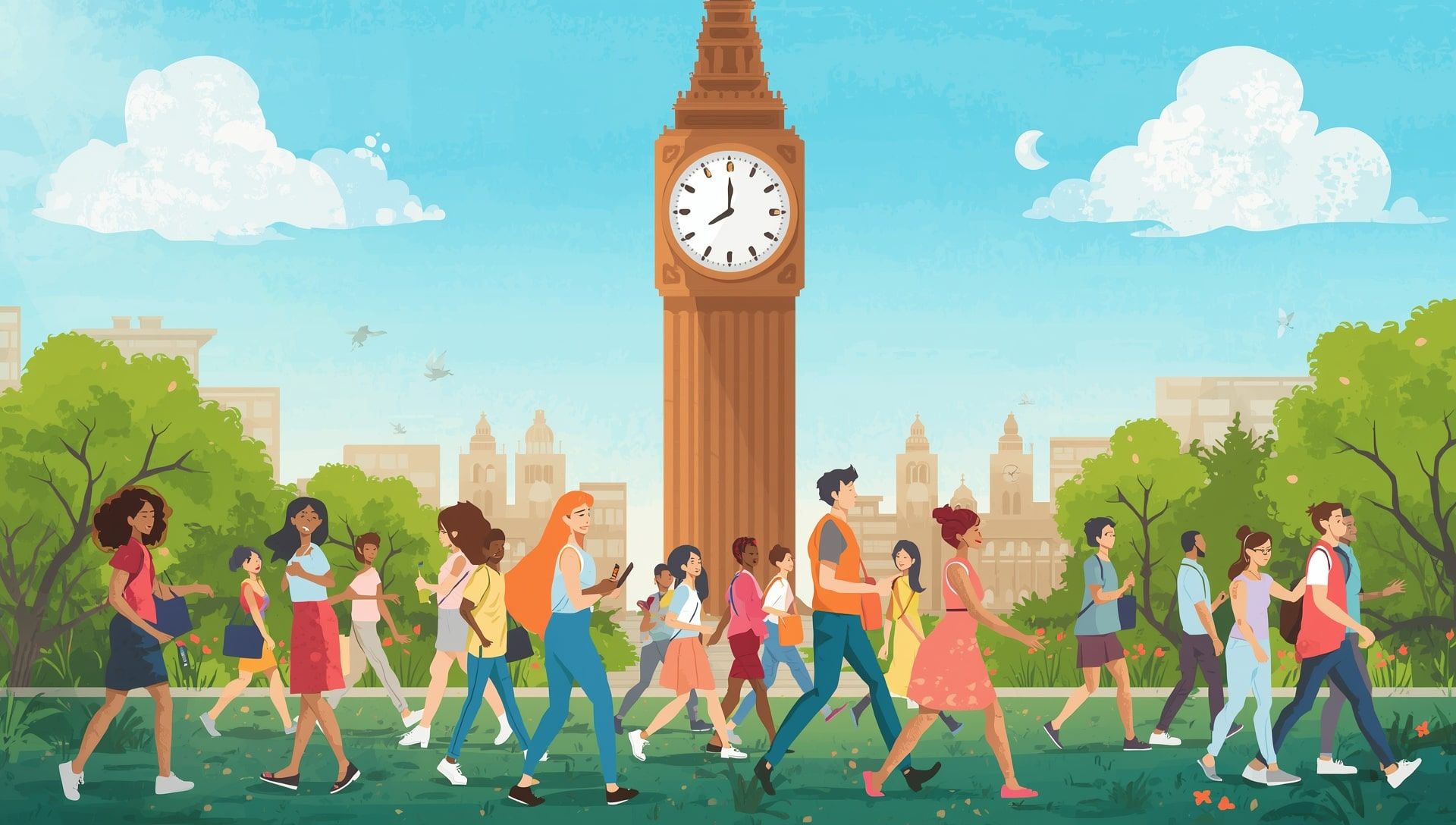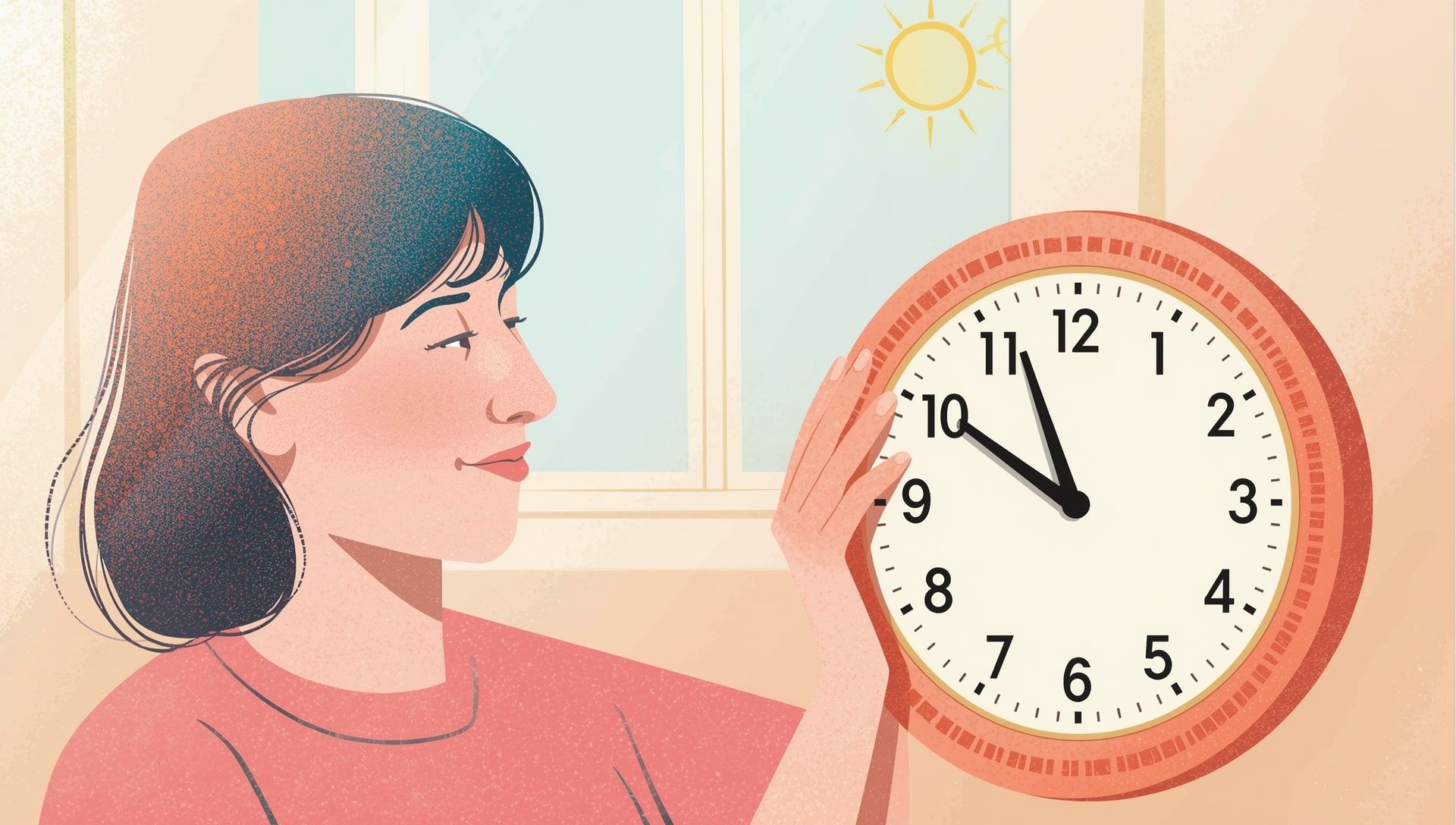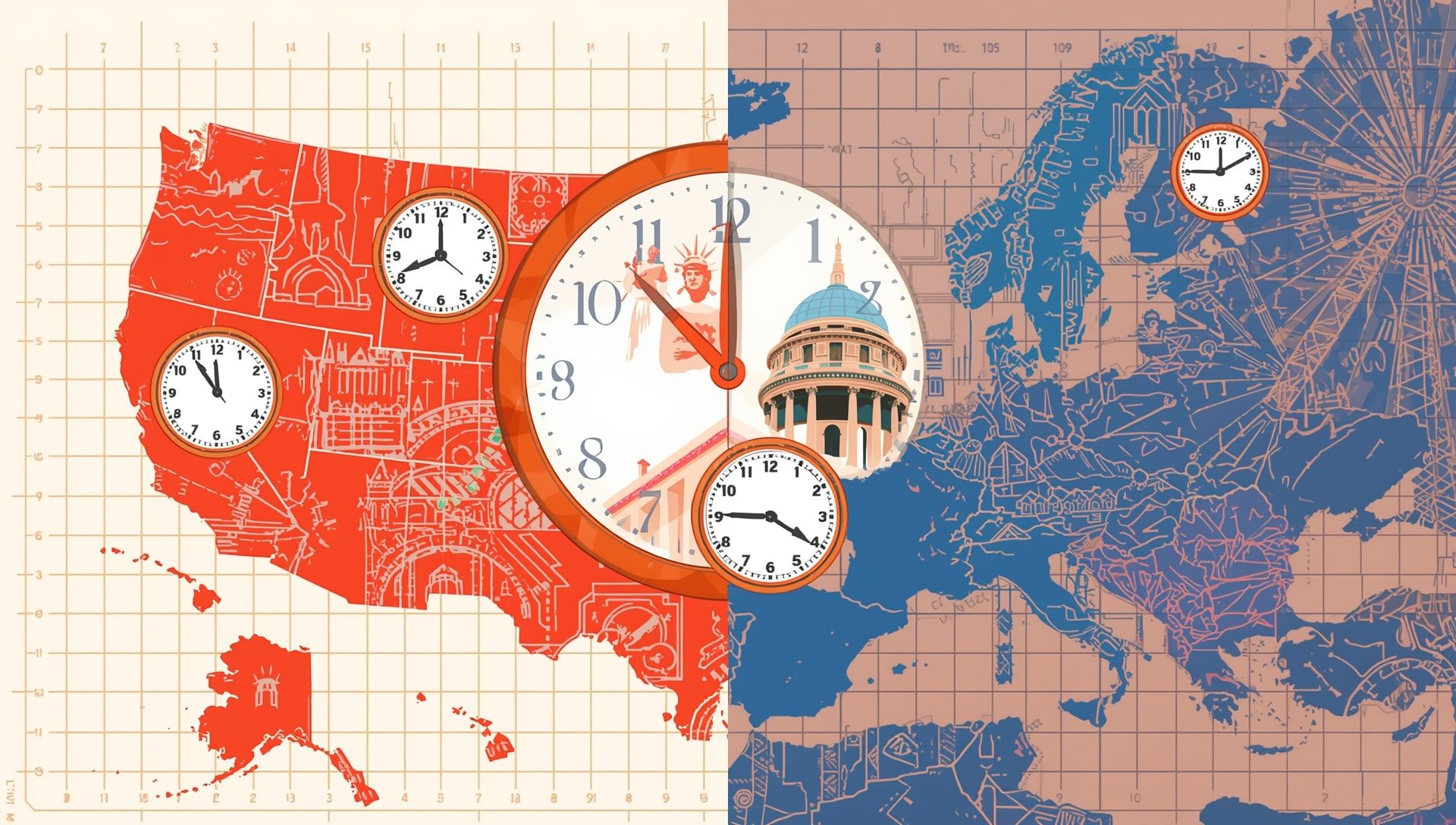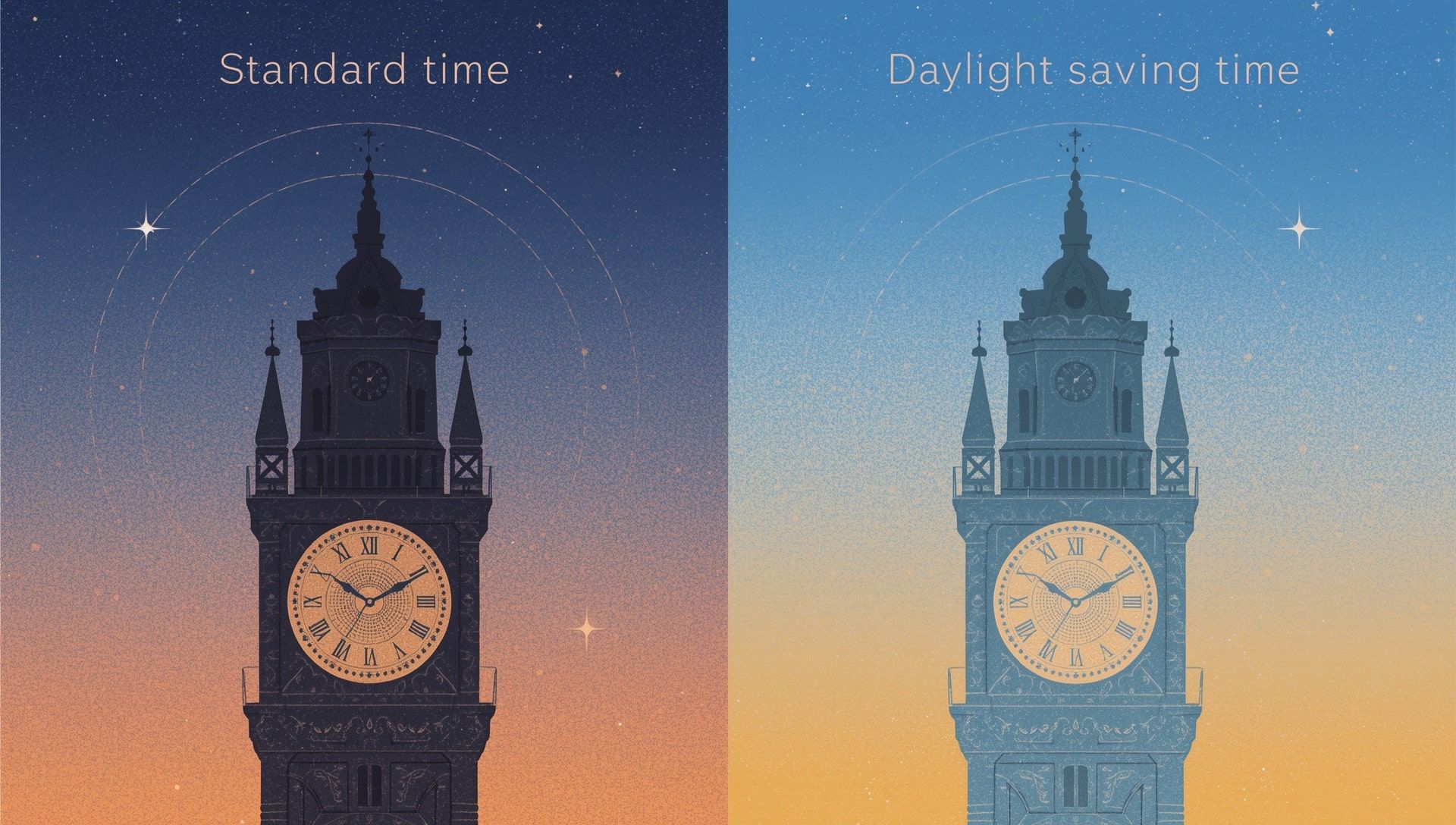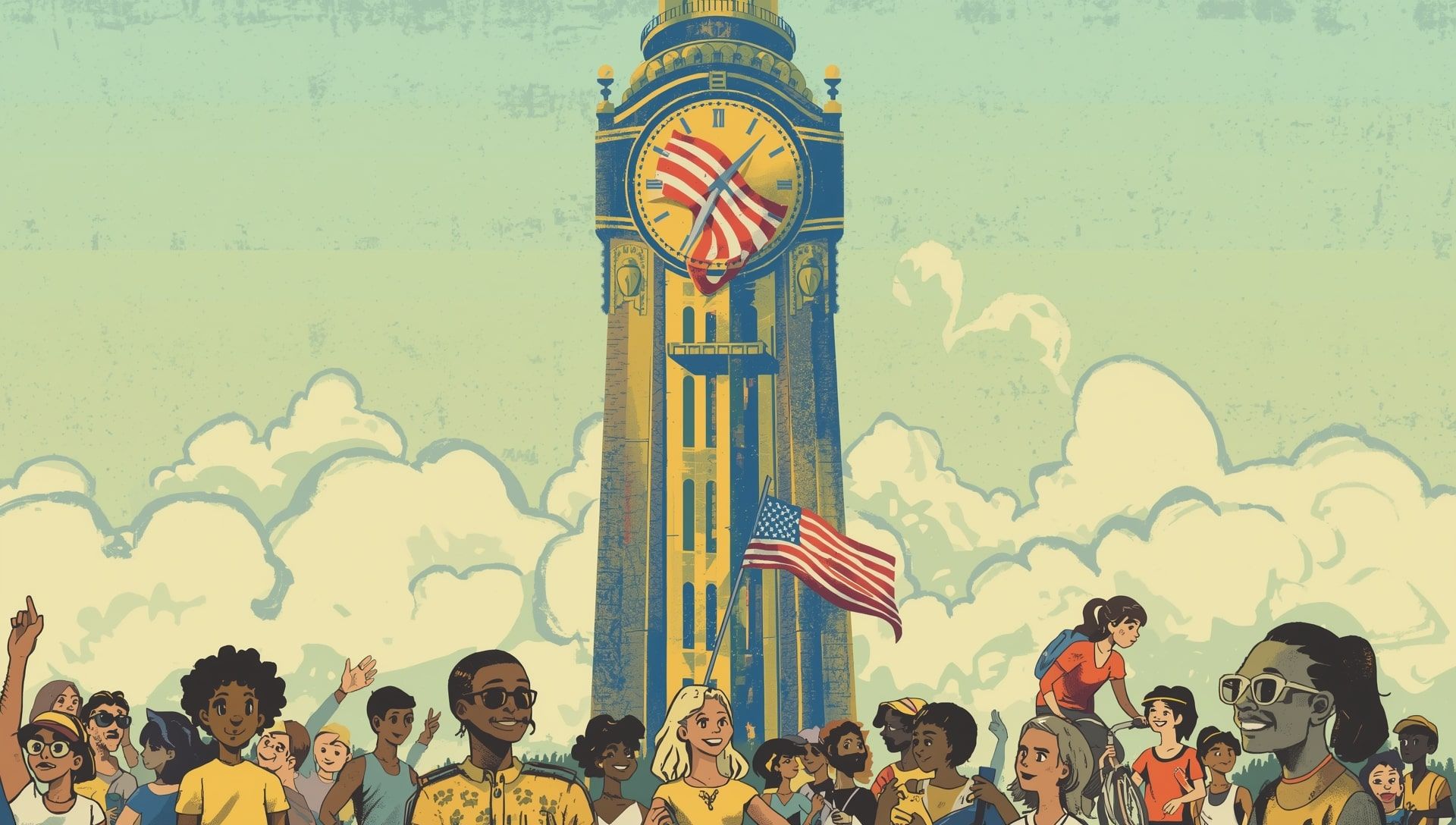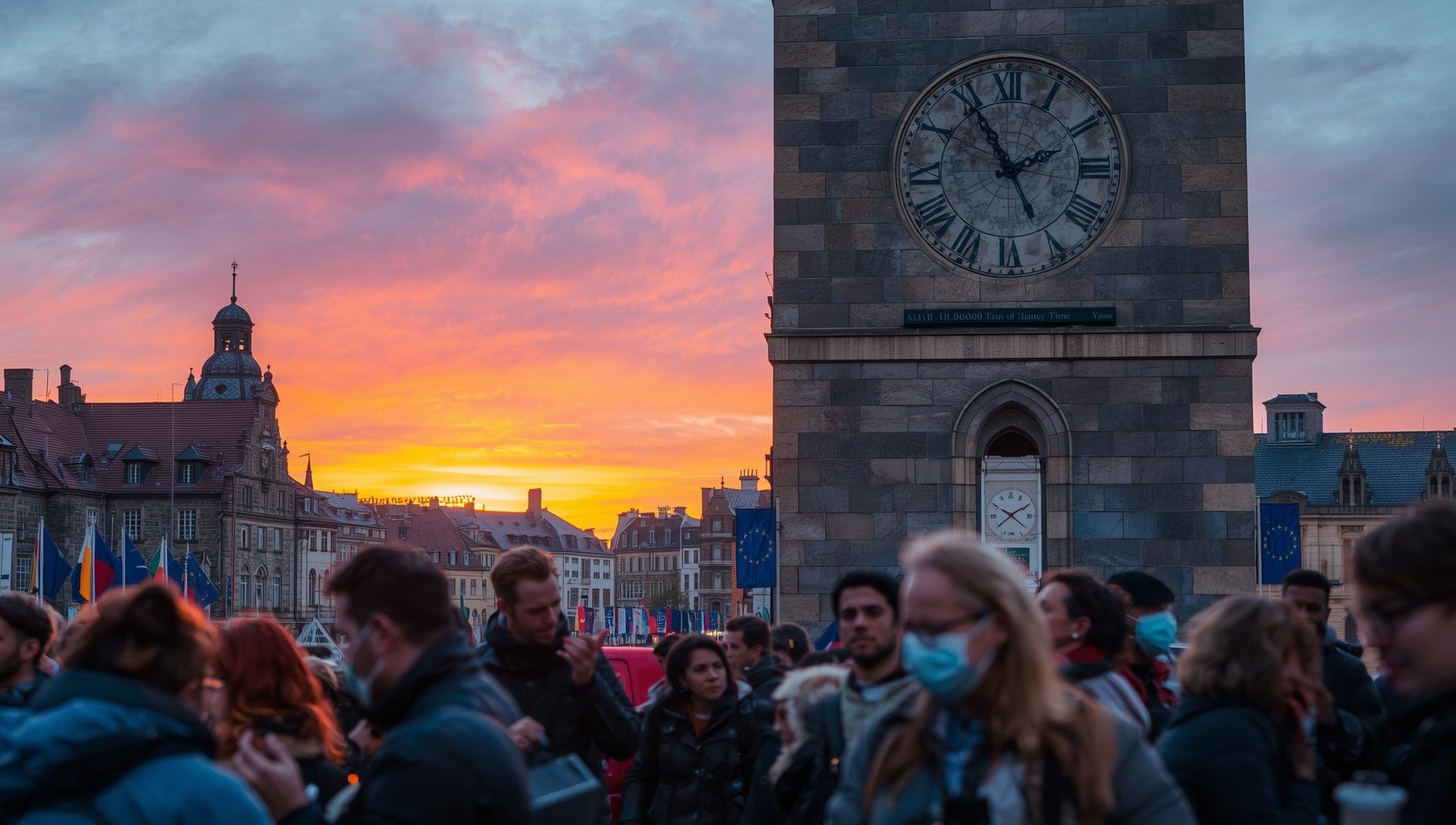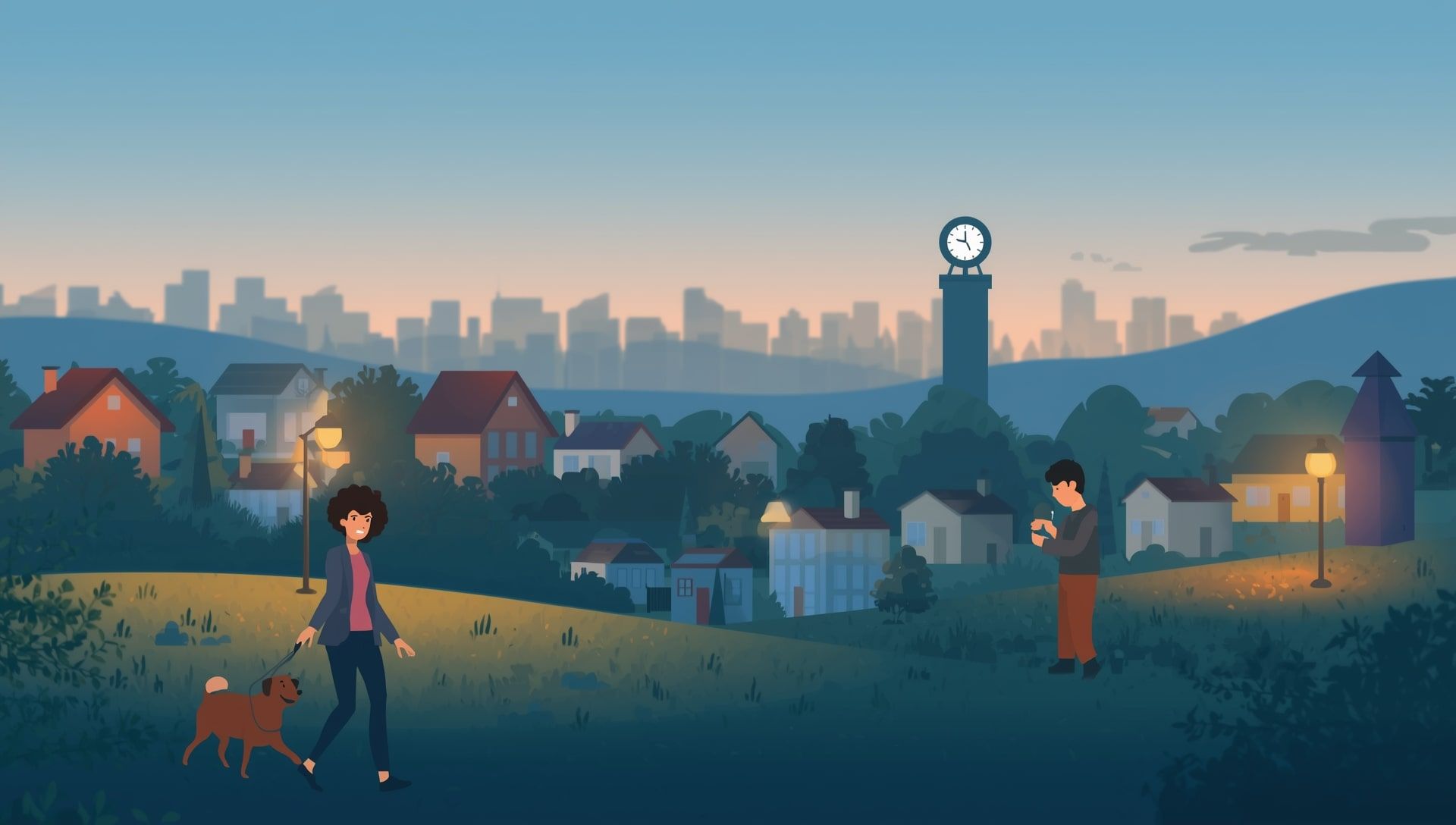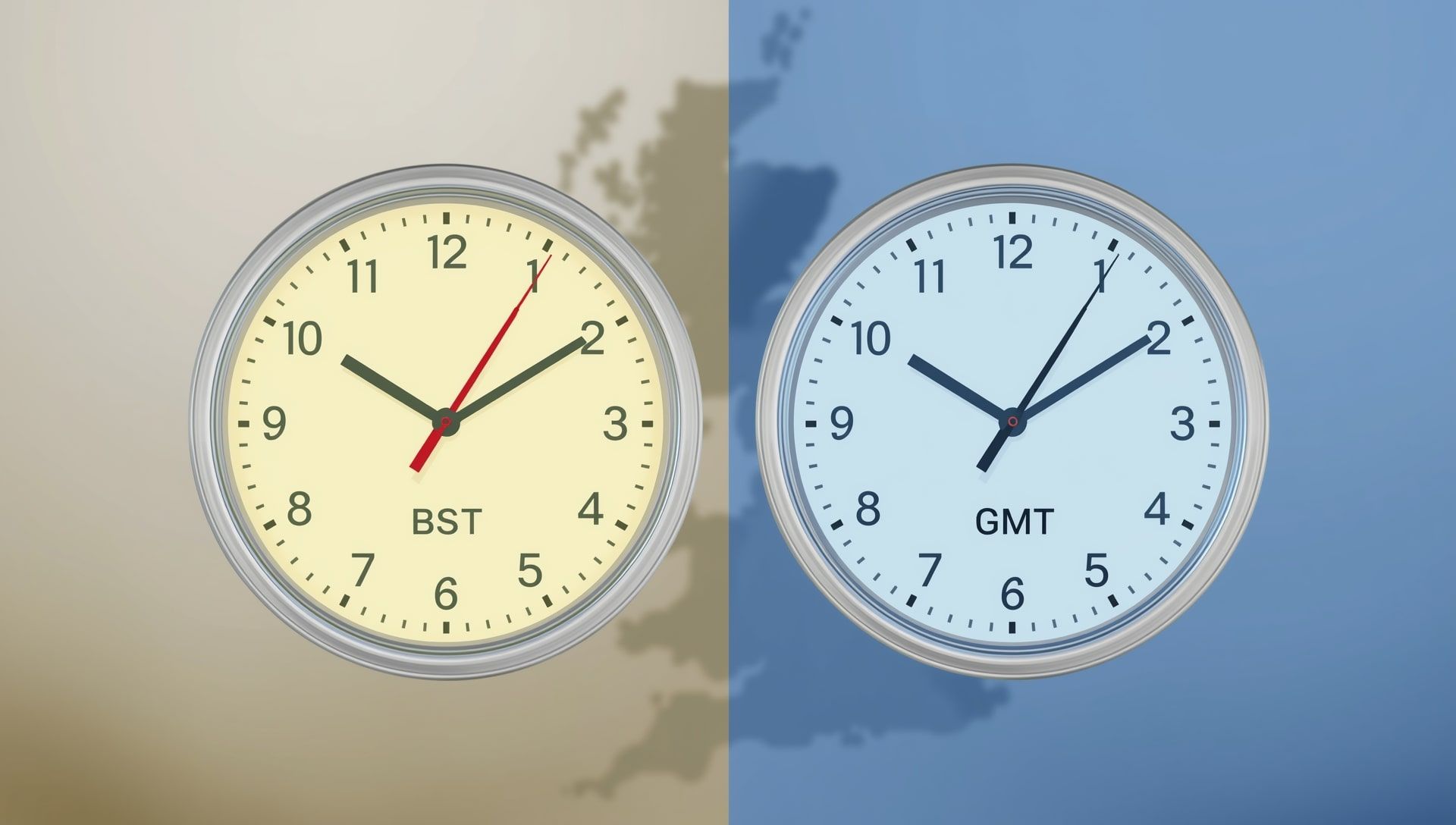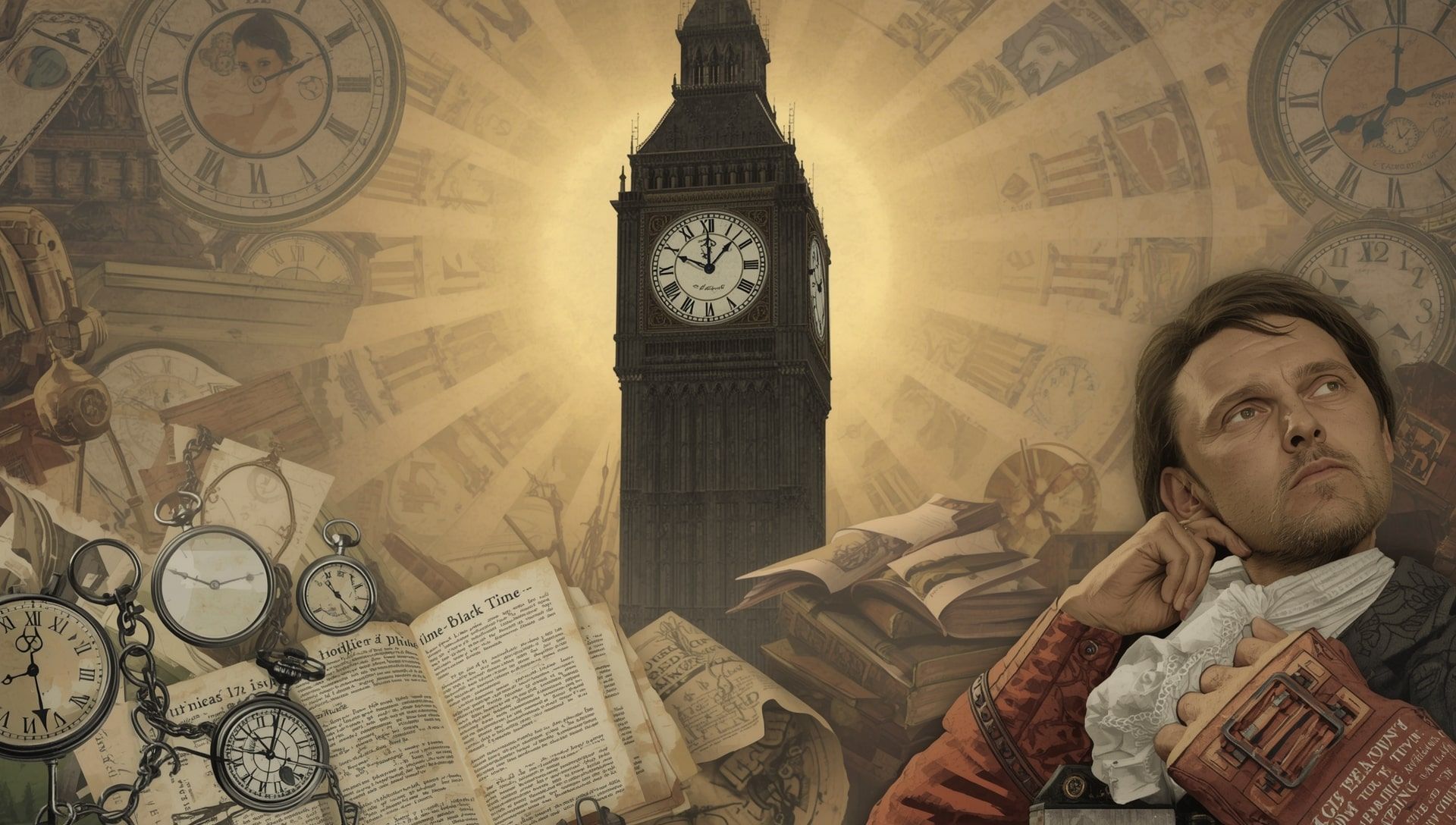Twice each year, millions of people around the world reset their clocks. One hour forward, one hour back. It seems simple, yet this small adjustment ripples through every aspect of modern life. From sleep schedules to flight timetables, Daylight Saving Time (DST) influences how we live, work, and even feel. But what’s really happening when we move those hands on the clock?
The Simple Mechanics Behind DST
At its core, DST is a scheduled adjustment of timekeeping. In most places that observe it, clocks move forward by one hour in early spring, creating longer evenings and shorter mornings. When autumn arrives, clocks return to standard time, restoring that lost hour of morning light.
- Spring: Clocks are set one hour ahead, typically around 2:00 a.m.
- Fall: Clocks are turned back one hour, returning to standard time.
- Result: One hour less sleep in spring, one hour more in fall.
The change is coordinated at night to minimize disruption. Digital systems like phones and computers handle the shift automatically, but manual clocks still need attention, often based on regional time zone settings.
Why the Shift Exists
The main idea behind DST is simple: use more sunlight during waking hours. In spring and summer, the sun rises earlier and sets later. Shifting the clock means people wake up closer to sunrise and stay active while it’s still light outside.
This practice reduces reliance on artificial lighting and can save energy, at least in theory. The concept was originally inspired by the thought that if people could make better use of daylight, they’d waste less electricity during the evening, a principle that influenced the original purpose of DST.
Global Variations in DST Practice
DST isn’t universal. Some nations fully embrace it, others skip it entirely. Even within a single country, participation can vary based on geography or political decisions.
Here’s a quick overview of how different regions manage DST:
| Region | Observes DST? | Typical Adjustment | Notes |
|---|---|---|---|
| United States | Yes | March to November | Hawaii and Arizona opt out |
| Canada | Yes | March to November | Similar to U.S., with minor regional differences |
| European Union | Yes | March to October | Considering ending clock changes |
| Australia | Partially | October to April | Observed in some southern states |
| Asia | No | N/A | Equatorial daylight makes DST unnecessary |
| South America | Varies | October to March | Brazil ended DST in 2019 |
How the One-Hour Shift Affects Daily Life
Although the clock moves by only an hour, the impact can be significant. Human bodies follow natural cycles called circadian rhythms. When the clock changes, these rhythms temporarily fall out of sync.
That’s why many people feel tired, sluggish, or irritable for a few days after the change. Health experts often compare the effect to mild jet lag. Yet, as the days pass, the body usually adjusts. Studies in sleep science confirm that this small disruption can still have measurable effects.
What Happens in the Spring Shift
When the clock jumps forward in spring, we lose one hour of sleep. Morning light arrives later, but evenings stretch out beautifully. For many, this means more time outdoors, family activities, or community events after work.
Businesses like restaurants and retail stores often notice an increase in evening customers. Parks, sports fields, and walking trails stay busy longer. However, the sudden loss of sleep can also lead to short-term health issues and reduced focus for a few days. For families, children’s sleep routines can be particularly disrupted.
What Happens in the Fall Shift
When fall comes, the clock returns to standard time. People gain an extra hour of sleep, but evenings darken earlier. This shift can affect mood, especially in places with long winters. Some report feeling low or fatigued as daylight decreases.
- Extra morning light helps commuters during early hours.
- Darker evenings can reduce outdoor activities and lower energy levels.
- Many people prefer the fall shift for the bonus hour of rest.
Who Benefits Most from DST?
DST tends to favor societies where daily routines align closely with daylight. People working traditional 9-to-5 jobs may benefit most. Evening daylight encourages physical activity and social events, creating a livelier community environment.
In contrast, night-shift workers and those with irregular hours often find DST disruptive. Farmers historically opposed it because animals don’t adjust to human clock changes. For them, the sun’s position matters far more than a clock on the wall.
- Children often find it harder to adjust to time shifts than adults.
- Accidents on the road increase slightly in the week after spring DST begins.
- Many nations near the equator never adopted DST at all.
- Technology now updates most digital clocks automatically.
Does DST Actually Save Energy?
The idea of saving energy was powerful during the early 1900s when lighting was a major electricity expense. Longer daylight hours meant fewer lamps and less fuel burned at night. But modern energy use has changed dramatically.
Air conditioning, electronics, and round-the-clock businesses mean energy demand remains constant. Some studies show small energy savings, while others show increased consumption due to extended evening activity and cooling needs. The mixed results continue to fuel debates about standard vs. daylight time policies.
- Lighting savings: Modest reductions in evening electricity use.
- Cooling costs: Longer daylight can increase air conditioning demand.
- Heating changes: Early mornings may require more heating in cooler months.
- Behavioral impact: People may drive more or stay out longer during daylight hours.
The Human Side of Time Shifts
DST’s influence goes far beyond clocks. It touches health, productivity, and emotions. Researchers find that people generally enjoy the extra daylight but dislike the biannual adjustment. Many countries have even considered keeping permanent daylight or standard time to reduce confusion, such as the proposed U.S. Sunshine Protection Act.
Why DST Still Exists
Despite controversy, DST continues because of tradition, policy, and perception. It symbolizes efficient living, making the most of sunlight and energy. Lawmakers and citizens often debate whether to abolish or standardize it, but change takes time.
In places where evenings are bright and warm, DST helps communities feel more alive. People stay outdoors longer, spend more time together, and enjoy a rhythm that matches the light, often guided by local community events and seasonal calendars.
Rethinking Our Connection to Time
Whether DST continues or fades away, it highlights how humans try to control time itself. We bend the clock to suit our routines, chasing sunlight to feel more productive and alive. Yet the sun’s rhythm remains steady, reminding us that nature’s schedule still rules the day.
The next time you move your clock forward or back, think of it not just as a mechanical act, but as a moment of connection. A reminder that time is flexible, but daylight is precious. How we use it matters most.
